Odds ratios, relative risk, and β0 from the logit model are presented Keywords st0041, cc, cci, cs, csi, logistic, logit, relative risk, case–control study, odds ratio, cohort study 1 Background Popular methods used to analyze binary response data include the probit model, discriminant analysis, and logistic regression Probit regression is based on the probability integral We illustrated both relative risks and odds ratios using bar charts, then looked at the types of study for which each statistic is suited We demonstrated calculation of relative risks and odds ratios through analysis of tabled data from a recent published longitudinal study, using a 2 × 2 table and R, the opensource statistical programming language Simple rules for when and howOdds ratios and risk ratios •How do you interpret the relative risk?

Study Design Comparison Pdf Cohort Study Relative Risk
Odds ratio vs relative risk cohort
Odds ratio vs relative risk cohort-The risk of getting the disease in males is 31 times the risk of getting the disease in females •What is the odds ratio for the disease among men as opposed to women? Odds ratio vs relative risk Odds ratios and relative risks are interpreted in much the same way and if and are much less than and then the odds ratio will be almost the same as the relative risk In some sense the relative risk is a more intuitive measure of effect size Note that the choice is only for prospective studies were the distinction becomes important in cases of
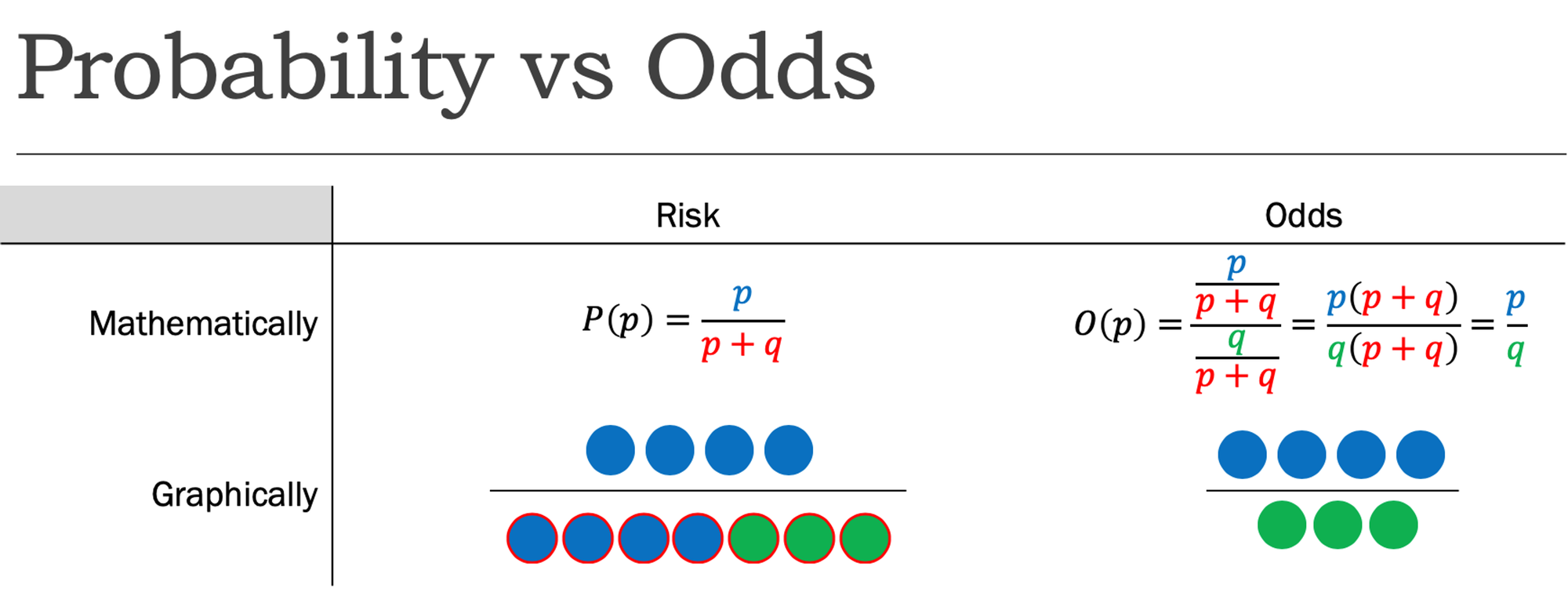



Cureus What S The Risk Differentiating Risk Ratios Odds Ratios And Hazard Ratios
Could someone explain why odds ratios are used in case control studies where as relative risk is used in RCT and cohort studies?However, this measure is also often presented in cohort studies and in randomized clinical trials When used for cohort studies and randomized clinical trials, the odds ratio is often incorrectly interpreted as the risk ratio;Risk factor for the disease • Less than 10 indicates that the odds of exposure among casepatients are lower than the odds of exposure among controls The exposure might be a protective factor against the disease The magnitude of the odds ratio is called the "strength of the association" The further away an odds ratio is from 10, the more likely it is that the
The relative risk (RR) or risk ratio is the ratio of the probability of an outcome in an exposed group to the probability of an outcome in an unexposed group Together with risk difference and odds ratio, relative risk measures the association between the exposure and the outcome Statistical use and meaning Relative risk is used in the statistical analysis of the data of ecological, cohort Examples of measures of association include risk ratio (relative risk), rate ratio, odds ratio, and proportionate mortality ratio Risk ratio Definition of risk ratio A risk ratio (RR), also called relative risk, compares the risk of a health event (disease, injury, risk factor, or death) among one group with the risk among another group It does so by dividing the risk (incidenceKai F Yu, PhD Author Affiliations From the Division of Epidemiology, Statistics and Prevention Research, National Institute of Child Health and Human Development, National Institutes of Health, Bethesda, Md
Academic Question Hi, Been reading through a research paper that used a prospective cohort study, but in the results table for measures of association, the odds ratio was used instead of relative risk Is this study valid?Relative risk The study of common outcomes is becoming more frequent in medicine and public health Studies of symptoms, health behaviors, health care utilization, and even rare diseases in highrisk populations all have the potential to occur frequently (>10 percent) in a study population This fact becomes an important consideration in deciding onCrosssectional, cohort, and randomized controlled trial designs with binary outcomes can often be summarized by estimating odds ratios or risk ratios If the study outcome is sufficiently rare among exposed and unexposed study subjects, the odds ratio for the exposure–outcome association will closely approximate the risk ratio But if the outcome is common and the risk




Statistics Part 13 Measuring Association Between Categorical Data Relative Risk Odds Ratio Attributable Risk Logistic Regression Data Lab Bangladesh




Definition And Calculation Of Odds Ratio Relative Risk Stomp On Step1 How To Memorize Things Math Notes Public Health Jobs
RR vs OR The figure on the left depicts risk (a probability), the number of patients with the risk factor and the outcome in the numerator, and all patients with the risk factor in the denominator (Risk = 2/(8 2) = 2/10 = %) The figure on the right depicts odds, the number of patients with the risk factor and the outcome in the numeratorAbout Press Copyright Contact us Creators Advertise Developers Terms Privacy Policy & Safety How works Test new features Press Copyright Contact us CreatorsOdds ratios (OR) are commonly reported in the medical literature as the measure of association between exposure and outcome However, it is relative risk that people more intuitively understand as a measure of association Relative risk can be directly determined in a cohort study by calculating a risk ratio (RR) In casecontrol studies, and




Relative Risk Odds Ratios Youtube




1 Relative Risks Odds Ratios Or Hazard Ratios Of Risk Factors For Download Table
In epidemiological terms, the odds ratio is used as a point estimate of the relative risk in retrospective studies Odds ratio is the key statistic for most casecontrol studies In prospective studies, Attributable risk or risk difference is used to quantify risk in the exposed group that is attributable to the exposure In retrospective studies, attributable risk can not be calculated Odds ratios (OR) significantly overestimate associations between risk factors and common outcomes The estimation of relative risks (RR) or prevalence ratios (PR) has represented a statistical challenge in multivariate analysis and, furthermore, some researchers do not have access to the available methods Objective To propose and evaluate a new method forThe Odds Ratio The odds of disease in the exposed group are 7/10, and the odds of disease in the nonexposed group are 6/56 If I compute the odds ratio, I get (7/10) / (5/56) = 656, very close to the risk ratio that I computed from data for the entire population We will consider odds ratios and casecontrol studies in much greater depth in



Case Control Study Odds Ratio Relative Risk Best Custom Academic Essay Writing Help Writing Services Uk Online Homeworknowcomlink Web Fc2 Com



Cohort Statistics Wikipedia
Converting Odds Ratio to Relative Risk in Cohort Studies with Partial Data Information Zhu Wang Connecticut Children's Medical Center Abstract In medical and epidemiological studies, the odds ratio is a commonly applied measure to approximate the relative risk or risk ratio in cohort studies It is well known tha such an approximation is poor and can generate misleading Subsequently, the term relative risk commonly refers to either the risk ratio or the odds ratio However, only under certain conditions does the odds ratio approximate the risk ratio Figure 1 shows that when the incidence of an outcome of interest in the study population is low ( INTRODUCTION Odds ratio (OR) and risk ratio (RR) are two commonly used It is assumed that, if the prevalence of the disease is low, then the odds ratio approaches the relative risk Case control studies are relatively inexpensive and less timeconsuming than cohort studies In this case the odds ratio (OR) is equal to 16 and the relative risk (RR) is equal to 865



1




On Biostatistics And Clinical Trials Odds Ratio And Relative Risk
RELATIVE RISK AND ODDS RATIO The relative risk (also known as risk ratio RR) is the ratio of risk of an event in one group (eg, exposed group) versus the risk of the event in the other group (eg, nonexposed group) The odds ratio (OR) is the ratio of odds of an event in one group versus the odds of the event in the other group An RR (or OR) of 10 indicates that there is noA Method of Correcting the Odds Ratio in Cohort Studies of Common Outcomes Jun Zhang, MB, PhD;Both the relative risk and odds ratio are relevant in retrospective cohort studies, but only the odds ratio can be used in casecontrol studies Although most casecontrol studies are retrospective, they can also be prospective when the researcher still enrolls participants based on the occurrence of a disease as new cases occur See also Casecontrol study;




最新 Odds Ratio Vs Relative Risk Usmle ただの悪魔の画像




Descriptive Epidemiology Dr Kanupriya Chaturvedi How We View
The odds ratio then provides an9222 Measures of relative effect the risk ratio and odds ratio Measures of relative effect express the outcome in one group relative to that in the other The risk ratio (or relative risk) is the ratio of the risk of an event in the two groups, whereas the odds ratio is the ratio of the odds of an event (see Box 92a)For both measures a value of 1 indicates that the estimated effectsThe term "relative risk (RR)" has been traditionally used to convey the relative probability calculations in both cohort (for incidence ratios) and cross




Cureus What S The Risk Differentiating Risk Ratios Odds Ratios And Hazard Ratios
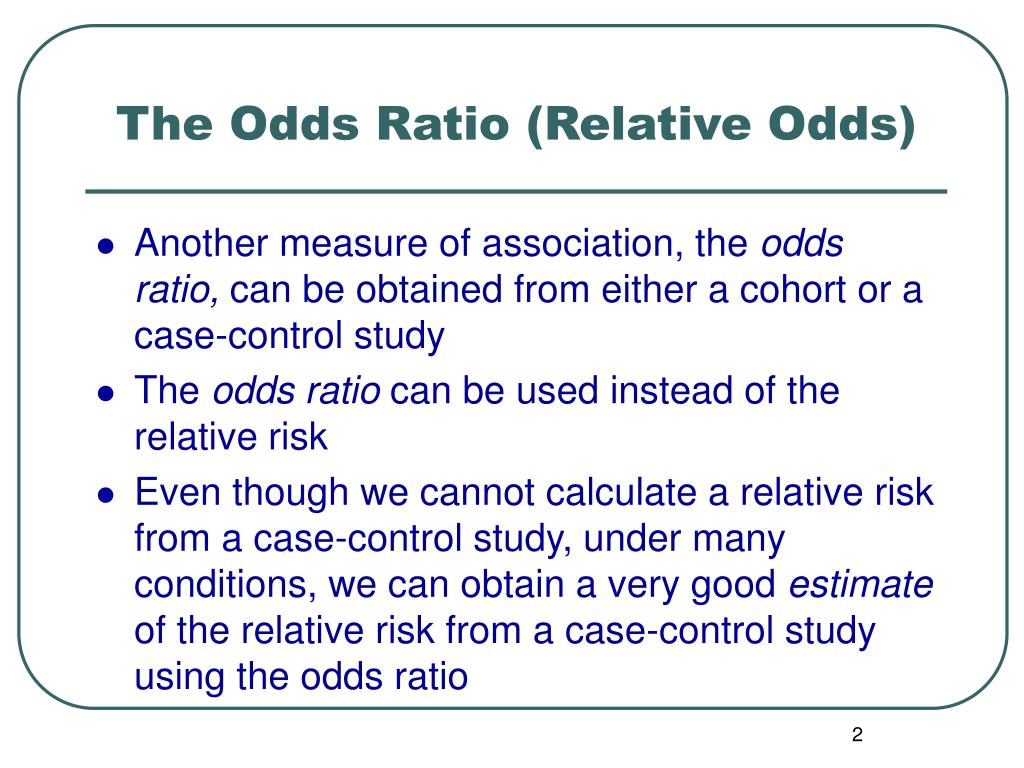



Ppt The Odds Ratio Relative Odds Powerpoint Presentation Free Download Id 6056
The relative risk and the odds ratio are measures of association between exposure status and disease outcome in a population In our cohort study, 80 participants happen to be steroid users, while 240 participants are nonsteroid users The 2×2 table with the exposure status and disease status can be seen below Example 1 Amongst the steroid users, 5 out of 80 people suffered aThe risk ratio (or relative risk) is the ratio of the risk of an event in the two groups, whereas the odds ratio is the ratio of the odds of an event (see Box 92a) For both measures a value of 1 indicates that the estimated effects are the same for both interventionsThe odds ratio in this study, is simply the odds of smoking among those with lung cancer, divided by the odds of smokingThe risk ratio In practice, risks and odds for a single group are not nearly as interesting as a comparison of risks and odds between two groups For risk you can make these comparisons by dividing the risk for one group (usually the group exposed to the risk factor) by the risk for the second, nonexposed, group This gives us the risk ratio




Moving Beyond Odds Ratios Estimating And Presenting Absolute




Individual And Community Level Risk For Covid 19 Mortality In The United States Nature Medicine
Odds ratios are intended for use in casecontrol studies in which they are an appropriate measure for estimating the relative risk; In cohort studies as well as in clinical trials, RR (the cumulative incidence ratio or the incidence density ratio) can be estimated directly Therefore, there is no need to use OR to represent the effect size In contrast in casecontrol studies, incidence data is usually not available Therefore, the ratio of the odds of exposure among cases to the odds of exposure among nonAs I thought you used relative risk for cohort and odds ratio for casecontrol studies?




Tablas De Contingencia By Eric Jimenez Issuu
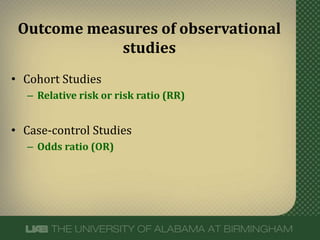



What Does An Odds Ratio Or Relative Risk Mean
This implausible scenario is shown in Table 5, where collapsed counts for low (or high) risk subjects only produce a 2 × 2 table with an odds ratios of 400It is the standard way of risk assessment in cohort studies The Odds ratio (OR) is a proxy estimate of the relative risk Or is applied in casecontrol studies Cite 5 Recommendations All Table 1 Relative risk (RR) vs Odds Ratio (OR) vs Hazard Ratio (HR) HRs are in tandem with survivorship curves, which show the temporal progression of some event within a group, whether that event is death, or contracting a disease In a survivorship curve, the vertical axis corresponds to the event of interest and the horizontal axis corresponds to time The hazard



Relative Risk And Odds Ratio Usmle The Journey




Measures Of Effect Relative Risks Odds Ratios Risk Difference And Number Needed To Treat Kidney International
The odds ratio will estimate the average change in odds (the average odds ratio) among exposed individuals only when all individual odds ratios are equal and all individual outcome risks without exposure are equal 1; Odds ratios are a common measure of the size of an effect and may be reported in casecontrol studies, cohort studies, or clinical trials Increasingly, they are also used to report the findings from systematic reviews and metaanalyses Odds ratios are hard to comprehend directly and are usually interpreted as being equivalent to the relative risk Unfortunately, there is aERRATA At about the 300 mark the slide says "10,00" when it is really supposed to say "10,000" I added a pop up box to fix it Thanks to Mehdi Hedjazi for




Relative And Attributable Risks Absolute Risk Involves People




Pdf Estimating The Relative Risk In Cohort Studies And Clinical Trials Of Common Outcomes Semantic Scholar
If the relative risk is 1, the tutoring made no difference at all If it's above 1, then the tutored group actually had a higher risk of failing than the controls Odds Ratio The odds ratio is the ratio of the odds of an event in the Treatment group to the odds of an event in the control group The term 'Odds' is commonplace, but not Here's the key Relative Risk looks to the future for the effect of a particular cause hence it is used in prospective studies say a cohort study Lets compare the above with Odds Ratio The Odds Ratio can be addressed by asking te following question How many times more likely is a diseased group to have been exposed to a risk factor as compared to a nondiseasedIn our example above, p wine and p no_wine were 0009 and 0012 respectively, so the odds ratio was a good approximation of the relative risk OR = 0752 and RR = 075 If the risks were 08 and 09, the odds ratio and relative risk will be 2 very different numbers OR = 044 and RR = 0 Relative risk vs Odds ratio




Gordis 12 Biostatistics Risk Relative Risk Odds Ratio Flashcards Quizlet
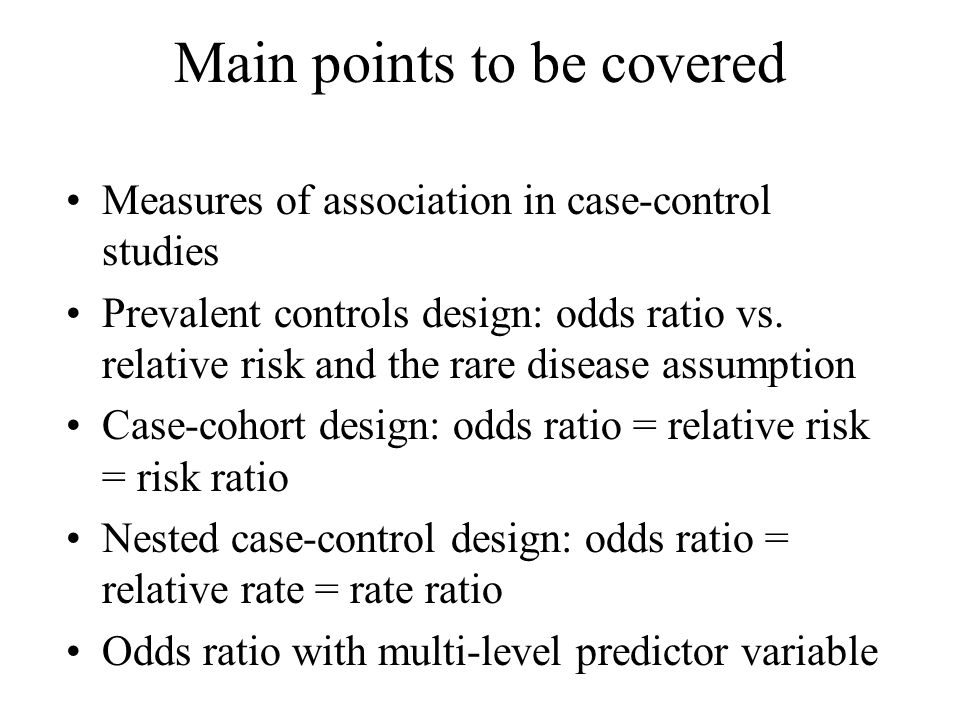



Main Points To Be Covered Measures Of Association In Case Control Studies Prevalent Controls Design Odds Ratio Vs Relative Risk And The Rare Disease Ppt Download
4 comments share save hide report 84%Odds ratio vs relative risk?Now that you have a general idea of what odds ratio and relative risk are you need to know when to use them They don't always just ask you to calculate one or the other Sometimes questions on Step 1 also require you to figure out which type of calculation is needed based on the situation In clinical trials and cohort studies we use relative risk to compare the incidence of health




Study Design Comparison Pdf Cohort Study Relative Risk




Measures Of Effect Relative Risks Odds Ratios Risk Difference And Number Needed To Treat Kidney International
The quote surely just means to say that the odds ratio is a relative risk measure It is only appropriate, therefore, to use RR for prospective cohort studies Odds compare events with nonevents If a horse wins 2 out of every 5 races, its odds of winning are 2 to 3 (expressed as 23) An odds ratio is a ratio of ratios It compares the presence to absence of an exposure given that Other O does not have an R (cOhort), which means the other group does not have the risk factor Compare the two to see who gets the disease How to remember that case control studies measure odds ratio and cohort studies measure relative risk You take surgical "cases" to the "OR" (Operating room) Case control study Odds Ratio cohoRRRRRRt The relative risk (or risk ratio) is an intuitive way to compare the risks for the two groups This prospective cohort study was used to investigate the effects of hormone replacement therapy (HRT) on coronary artery disease in postmenopausal women The investigators calculated the incidence rate of coronary artery disease in postmenopausal




I Remember This By Thinking About A Group Of Pirates Group Cohort All Saying Arrrrr That Reminds You That Cohort Studies Cohort Study Definitions Risk




Relative Risk Versus Odds Ratio Usmle Biostatistics 4 Youtube
Relative risk is actually the ratio between incidence of outcome/disease among exposed people and that among unexposed people It is usually used in a cohort study where there is a definite population under study and we can calculate incidence rates Hence it is a direct and accurate value compared to odds ratioOdds of the disease in men Odds=Risk of disease in men/risk of no disease in men= (140/0)/(60/0)=07 The risk ratio (RR), also called the relative risk, is the ratio of the probability of cancer in smokers to the probability of cancer in nonsmokers RR = (a/(ab))/(c/(cd)) = (a(cd))/(c(ab)) Given that you know a, b, c, and d, you can compute either of these metrics Yet odds ratio is strongly preferred as the "right" metric to report in almost all scenarios That



8 9 10 11 12 13 14 15 16 17 18 19 21 22 23 24 25 26 27 28 29 30 Review Relative Risks Are Estimated From Prospective Studies Which Are Described On Slide 16 Individuals Who Are Exposed And Not Exposed To A Risk Factor Are Identified At




Odds Ratios And Risk Ratios Youtube
Odds ratio in cohort study Outcome YES Outcome No Exposed a b unexposed c dOdd of outcome among exposed=a/bOdd of outcome among unexposed=c/d a/bOdd ratio= c/d =ad/bc 5 Odds ratio can be calculated in a cohort study and in a casecontrol study The exposure odds ratio is equal to the disease odds ratio Relative risk can only be calculated in a cohort Lee J Odds ratio or relative risk for crosssectional data? Odds ratio (OR) and risk ratio (RR) are two commonly used measures of association reported in research studies In crosssectional studies, the odds ratio is also referred to as the prevalence odds ratio (POR) when prevalent cases are included, and, instead of the RR, the prevalence ratio (PR) is calculated However, it should be noted that, although, mathematical




Odds Ratio Example Problems Explained



What Is The Difference Between The Risk Ratio Rr And The Odds Ratio Or Quora
I understand that odds ratio is the ratio is the odds of two groups (ie positive outcomes/negative outcomes), where as relative risk is the ratio of risk of two groups (ie positive outcomes/all outcomes) But why are they appropriate for different types of studies



2
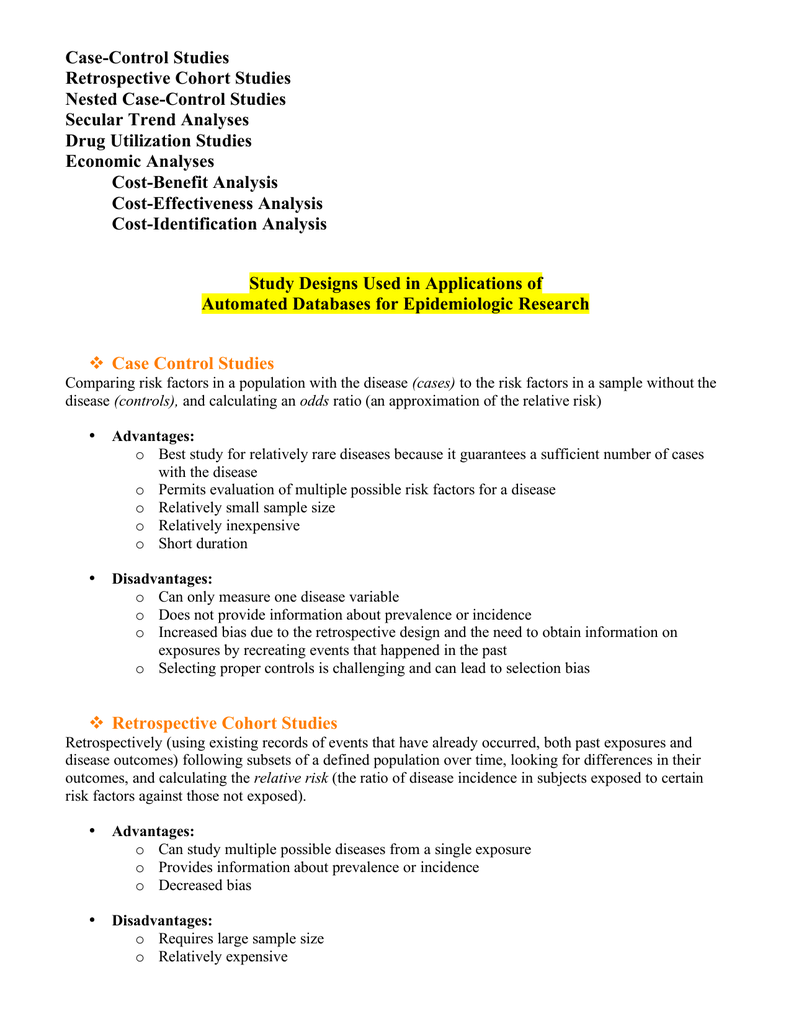



Case Control Studies Retrospective Cohort Studies Nested Case




Society For Birth Defects Research And Prevention



Mantel Haenszel Grad Statistics




A Beginner S Guide To Interpreting Odds Ratios Confidence Intervals And P Values Students 4 Best Evidence




Module 4 Relative Risk Odds Ratio Flashcards Quizlet




How To Calculate Relative Risk Youtube



2
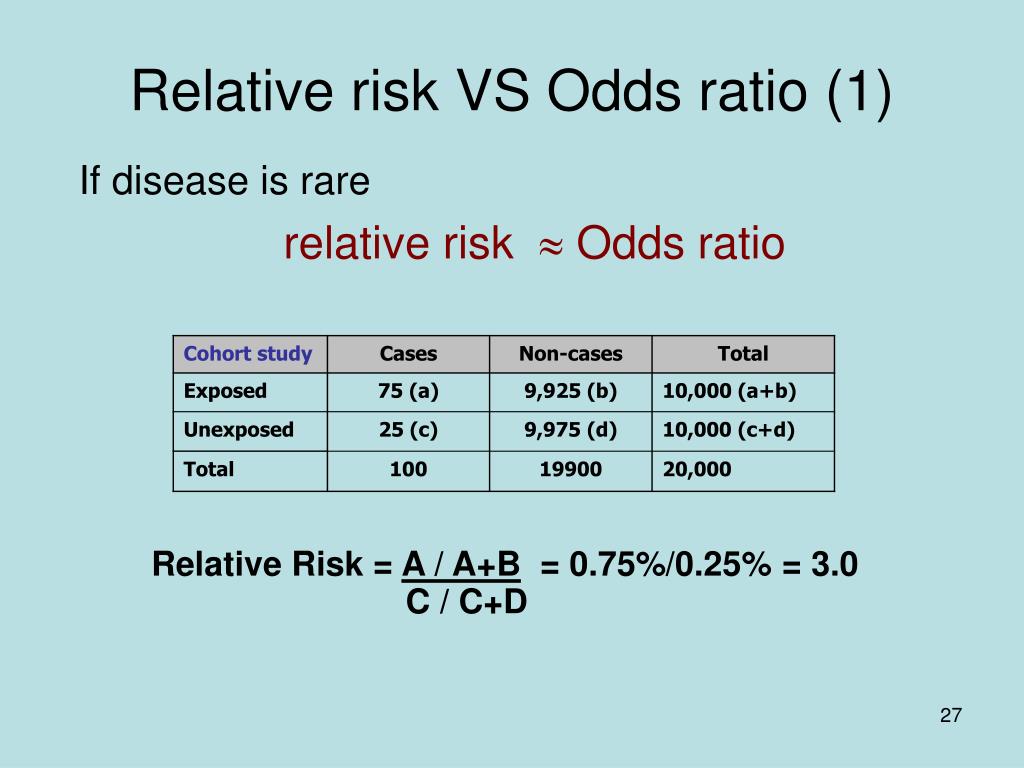



Ppt Basic Concept Of Clinical Study Powerpoint Presentation Free Download Id
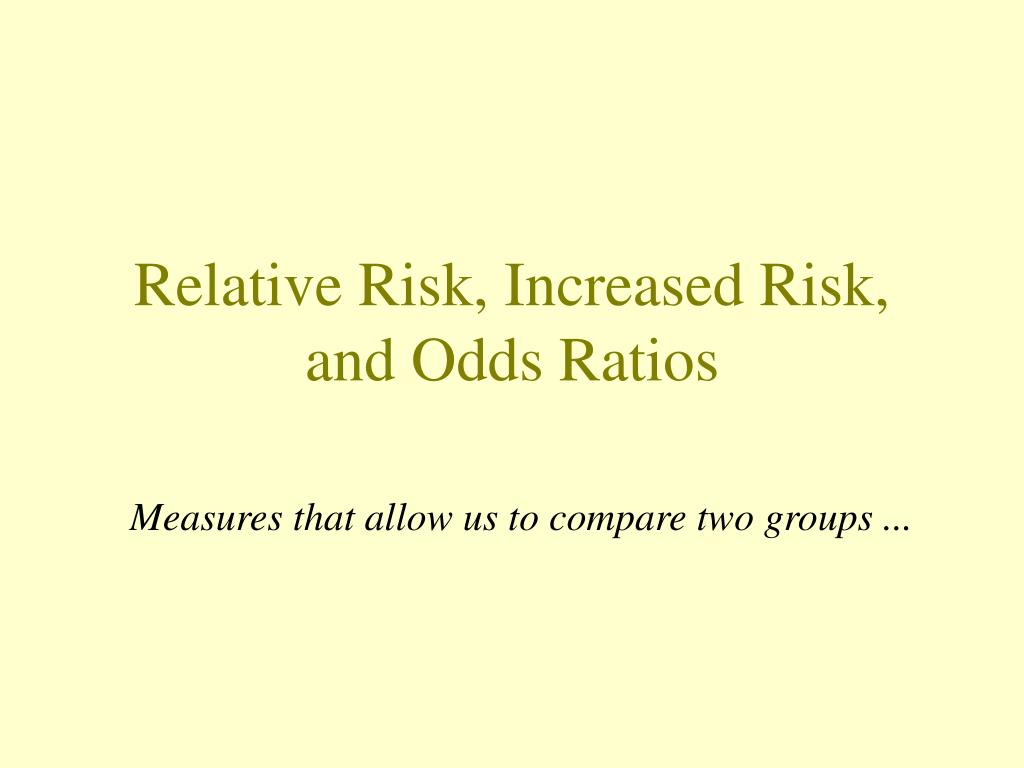



Ppt Relative Risk Increased Risk And Odds Ratios Powerpoint Presentation Id




Odds Ratio Wikipedia




Converting An Odds Ratio To A Range Of Plausible Relative Risks For Better Communication Of Research Findings The Bmj



bestpictnjne 人気ダウンロード Odds Ratio Vs Relative Risk When To Use Should I Use Odds Ratio Or Relative Risk




2x2 Table Formulas Public Health Libguides At Alabama College Of Osteopathic Medicine



2



Definition And Calculation Of Odds Ratio Relative Risk Stomp On Step1




Statistics For Afp Dr Mohammad A Fallaha Afp




Calculation Of Relative Risks Rr And Odd Ratios Or Download Table




Relative Risk Or Odds Ratio For Cardiovascular Disease Incidence Download Scientific Diagram



2



1



Relative Risk




Relative Risk And Odds Ratio
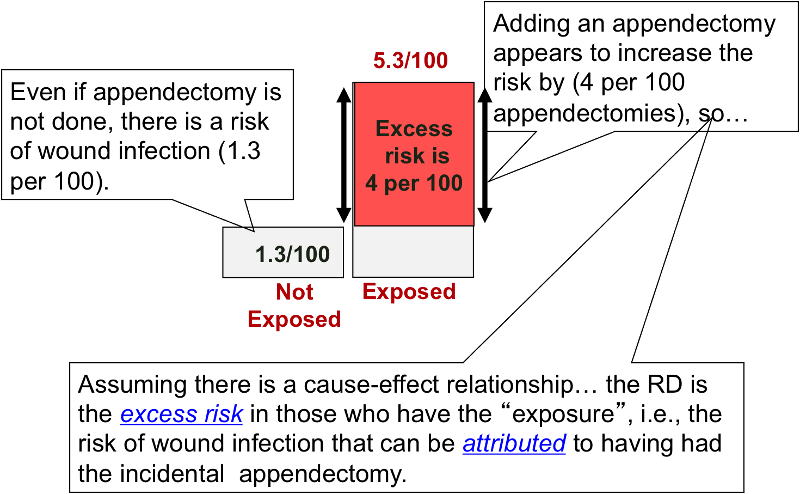



Risk Differences And Rate Differences




Relative And Attributable Risks Absolute Risk Involves People
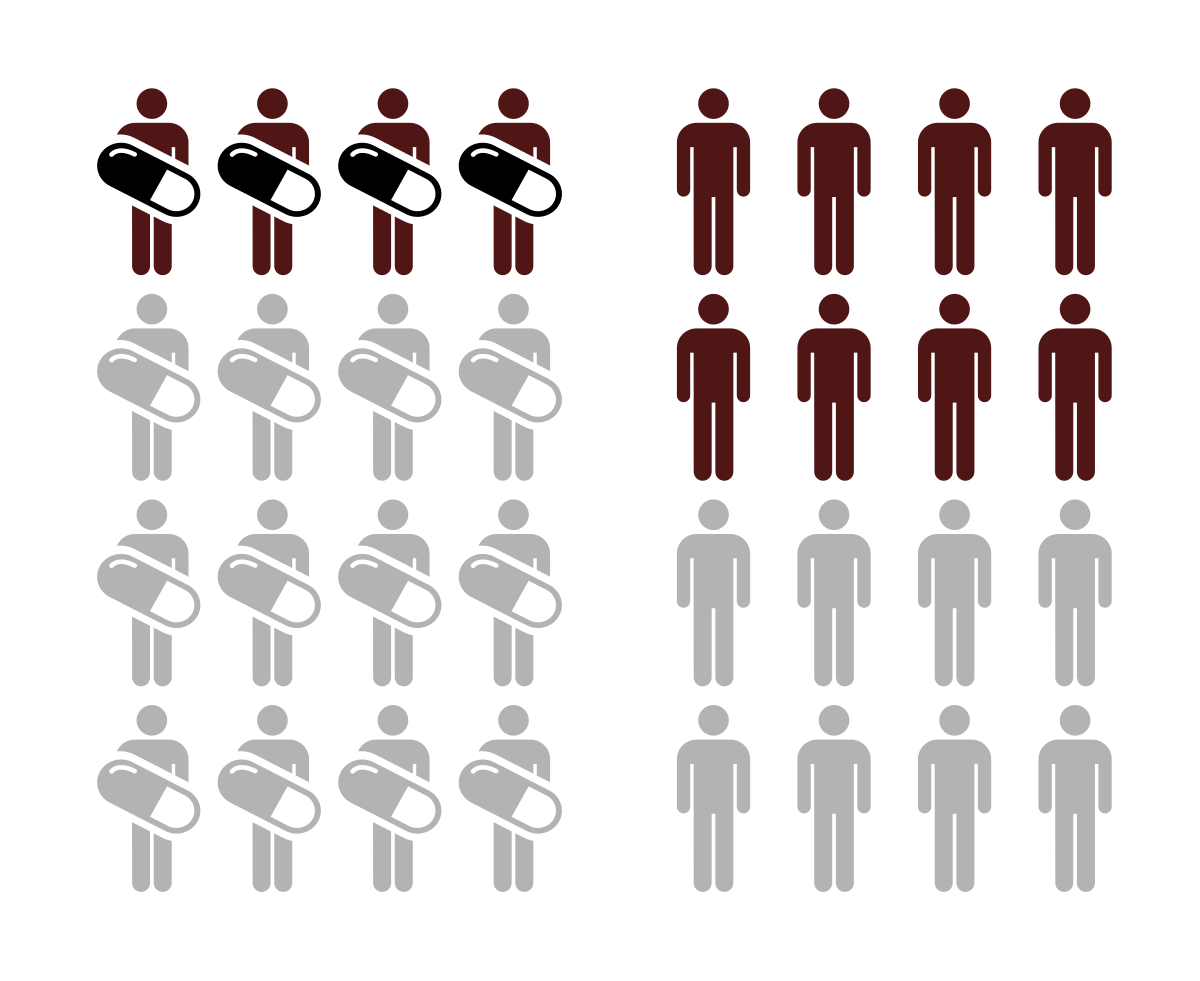



Relative Risk Wikipedia



What Is The Difference Between The Risk Ratio Rr And The Odds Ratio Or Quora




Abdullah Kharbosh What Does An Odds Ratio Or Relative Risk Mean By Ebmteacher Casecontrol Cohort T Co Shfiaepl57 عبر Slideshare




Relative Risk Odds Ratio



Relative Risk Ratios And Odds Ratios




最新 Odds Ratio Vs Relative Risk Usmle ただの悪魔の画像




Relative Risk Wikipedia
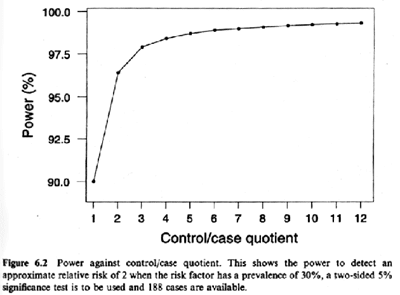



Lesson 9 Cohort Study Design Sample Size And Power Considerations For Epidemiologic Studies
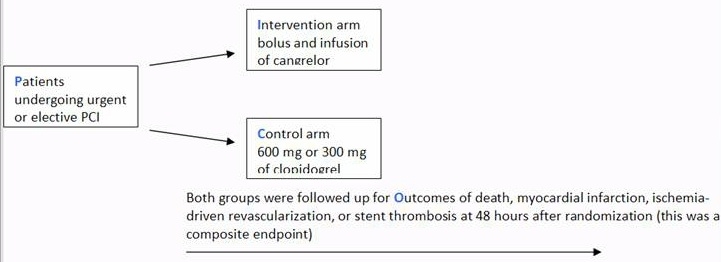



A Beginner S Guide To Interpreting Odds Ratios Confidence Intervals And P Values Students 4 Best Evidence




Pdf When To Use The Odds Ratio Or The Relative Risk Semantic Scholar



Plos One Bleeding Risk With Long Term Low Dose Aspirin A Systematic Review Of Observational Studies




Glossary Of Research Terminology
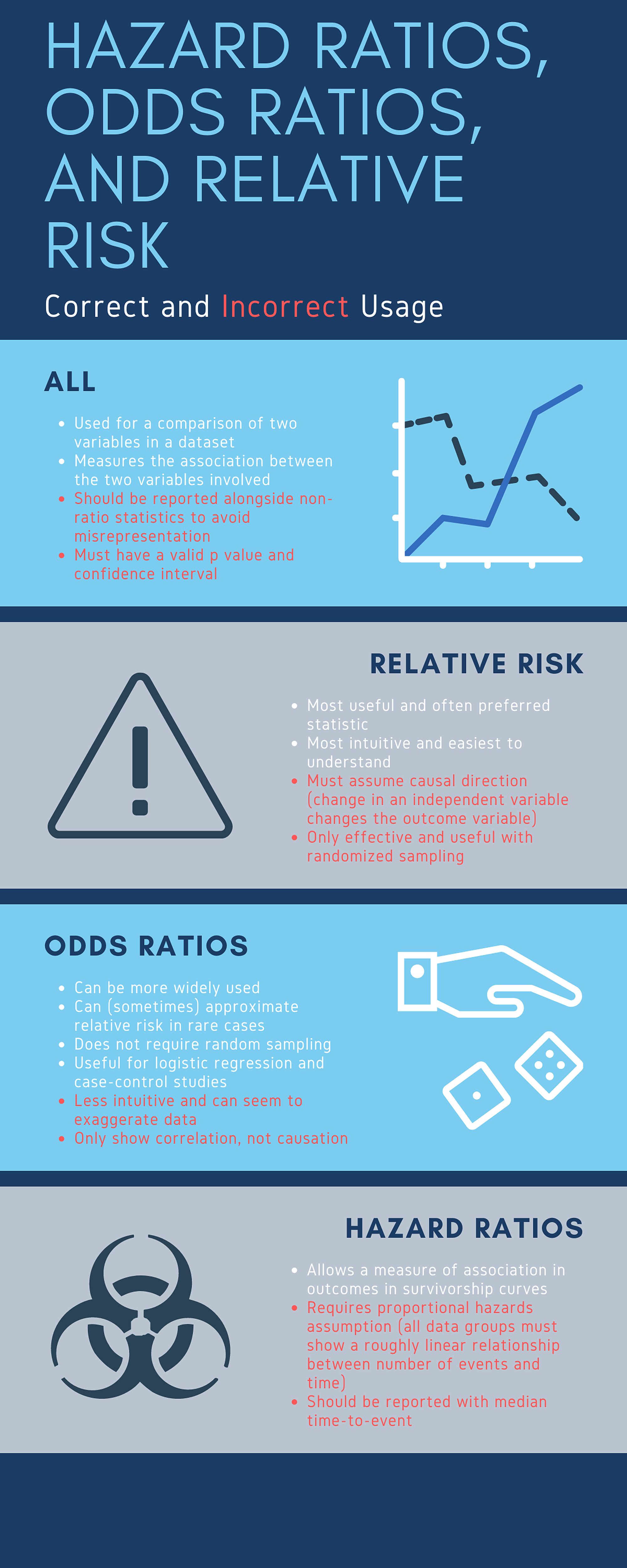



Cureus What S The Risk Differentiating Risk Ratios Odds Ratios And Hazard Ratios
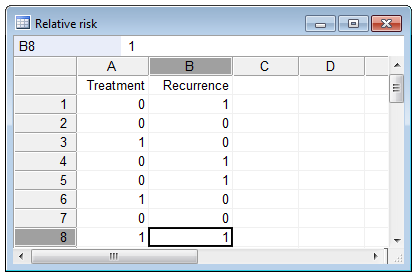



Relative Risk Odds Ratio




1 Relative Risks Odds Ratios Or Hazard Ratios Of Risk Factors For Download Table
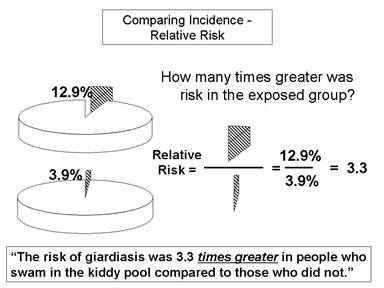



Relative Risk And Absolute Risk Definition And Examples Statistics How To




Guide To Biostatistics Pdf Free Download




いろいろ Odds Ratio Vs Relative Risk ただの悪魔の画像
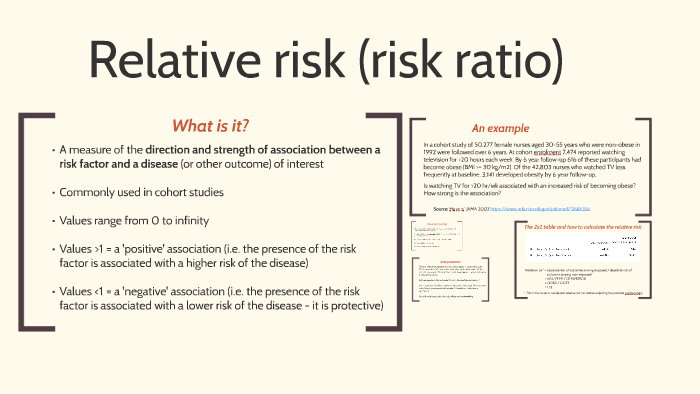



Relative Risk Risk Ratio By George Peat




On Biostatistics And Clinical Trials Odds Ratio And Relative Risk




Advanced Epi August 15 19 Th 11 Sacema




Pdf When To Use The Odds Ratio Or The Relative Risk



Hazard




Measures Of Disease Association Ppt Download
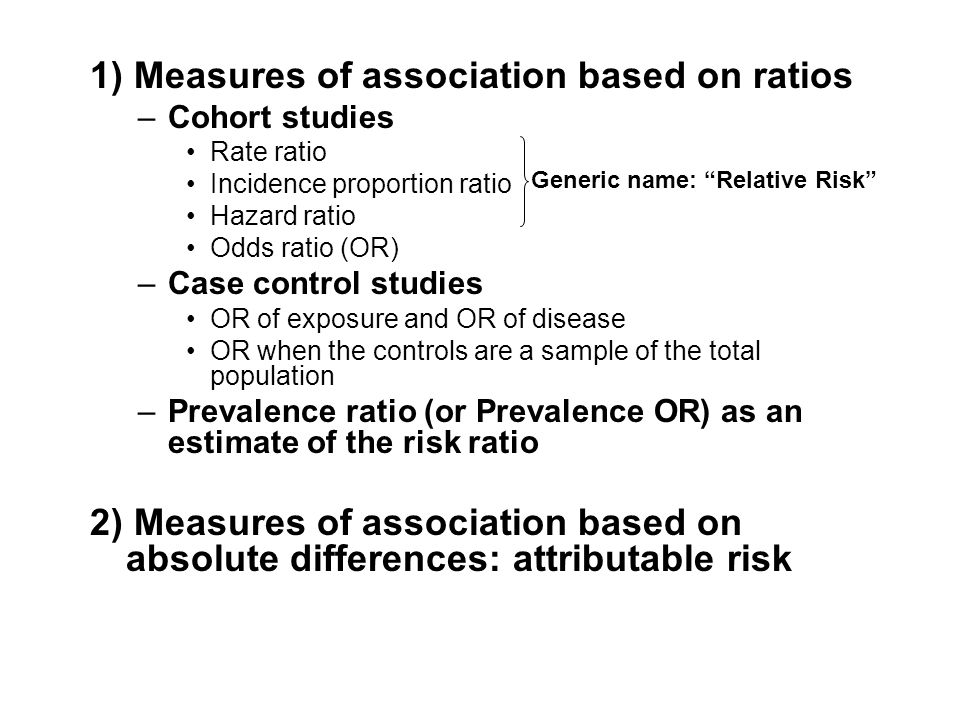



Measures Of Association Ppt Download



2
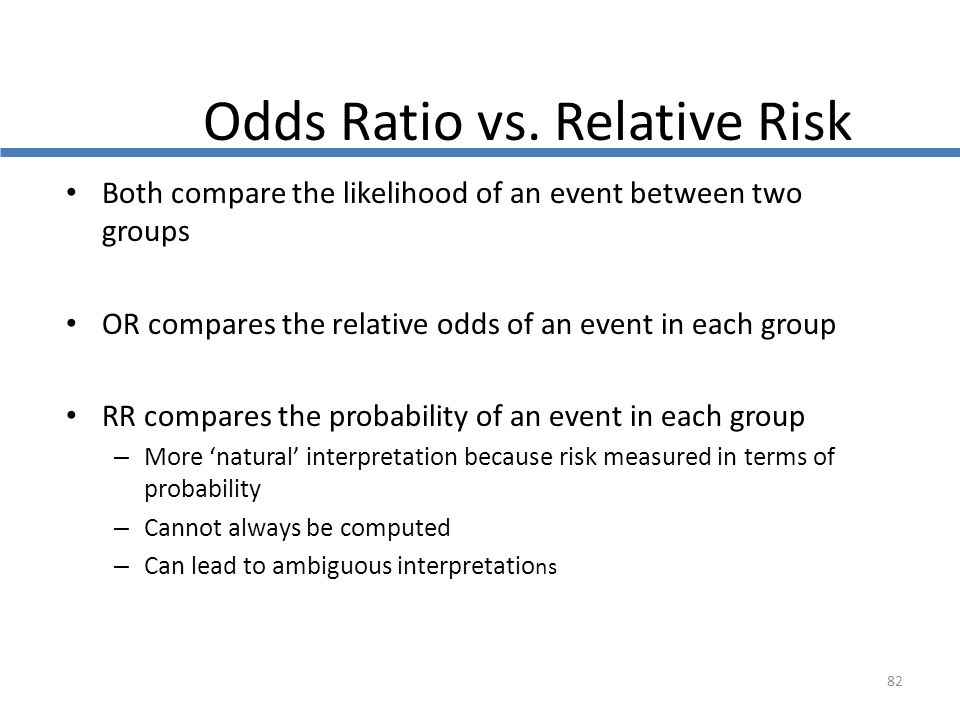



Cph Exam Review Epidemiology Ppt Download



Risk Ratio Vs Odds Ratio Hunter 19 Notes And Things




Solved A Prospoctive Cohort Study B Case Control Study Chegg Com




Fisioterapeuta Luis Miguel Brazao Gouveia Guide To Biostatistics




Forest Plot Of Relative Risks And Odds Ratios Of Lung Cancer Associated Download Scientific Diagram




Tablas De Contingencia By Eric Jimenez Issuu




Cohort And Case Con Revised
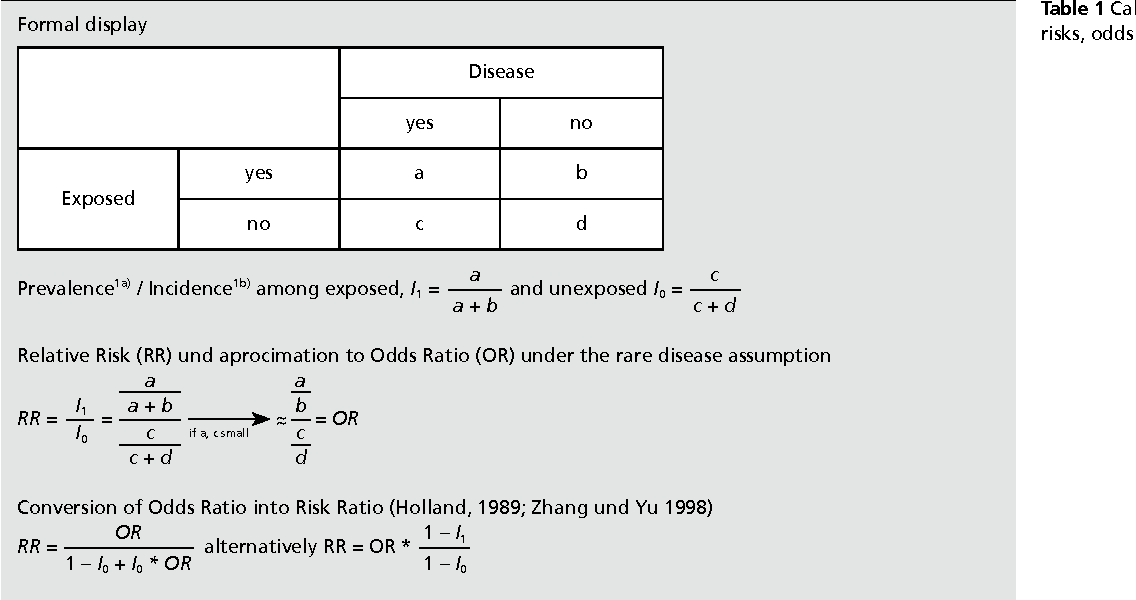



Pdf When To Use The Odds Ratio Or The Relative Risk Semantic Scholar
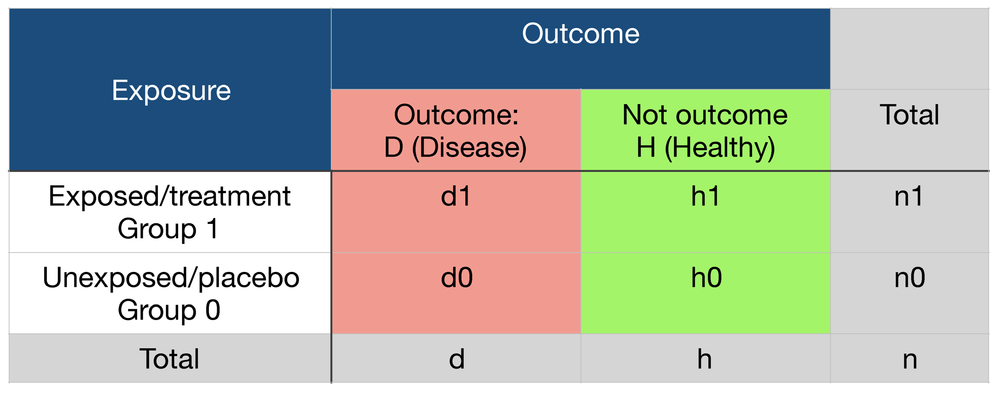



Probability Odds Ratio And Relative Risk Gpraj



2
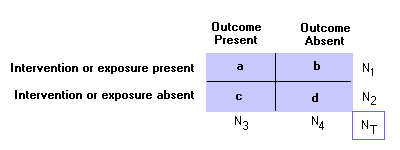



Epidemiology Glossary Physical Diagnosis Skills University Of Washington School Of Medicine




Measures Of Association Ppt Download
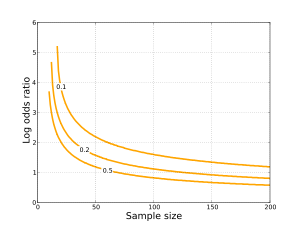



Odds Ratio Wikipedia




Epidemiology Calculating Relative Risk Youtube




Odds Ratio Relative Risk Calculation Definition Probability Odds Youtube




Fully Adjusted Odds Ratio Or Relative Risk For Hypertension Compared Download Scientific Diagram




Lecture3




Cph Exam Review Epidemiology Ppt Download




Comparison Of Three Methods For Estimating Relative Risk In A Cohort Download Table



2




Relative Risk Calculator
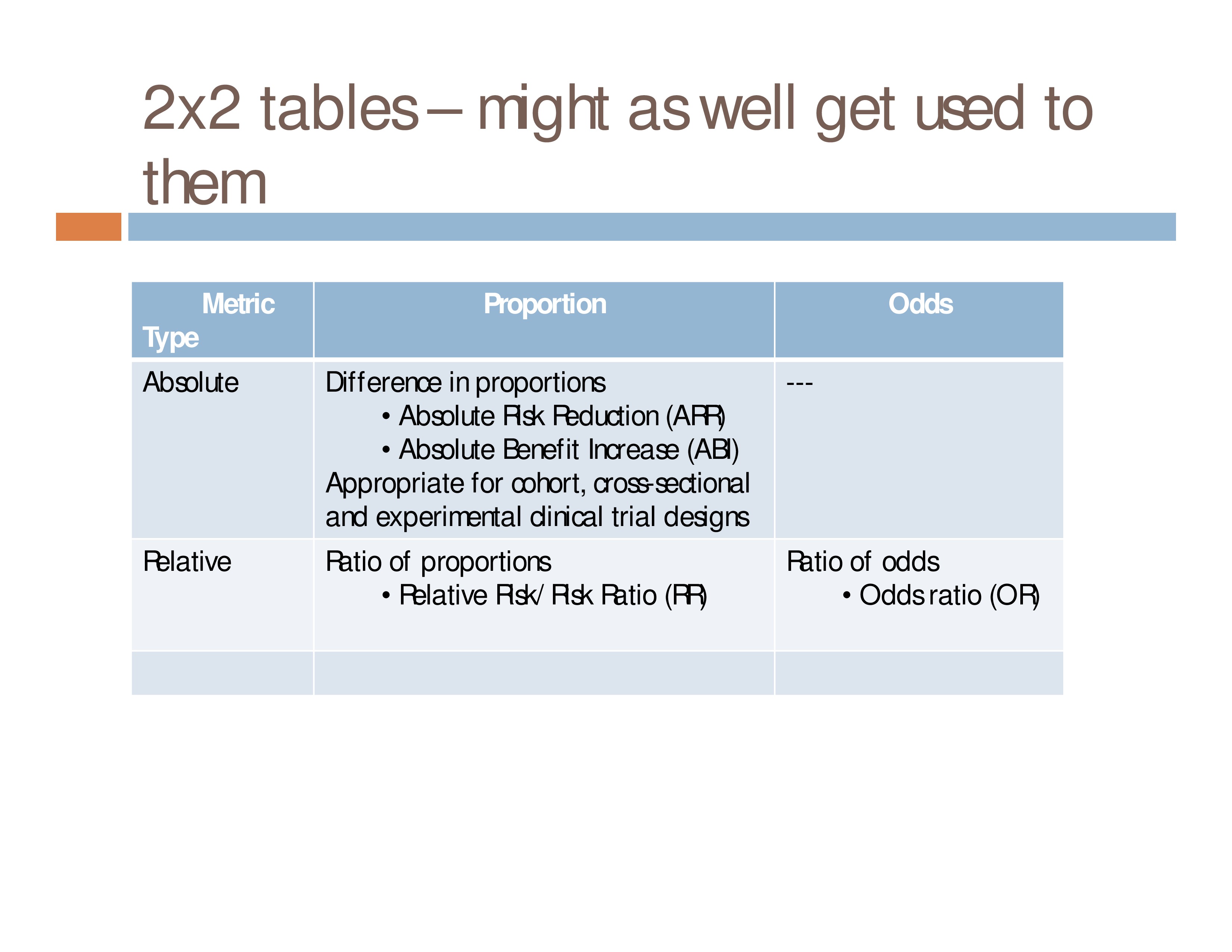



Event Based Measures Of Effect Size Asha Journals Academy




The Difference Between Relative Risk And Odds Ratios The Analysis Factor



0 件のコメント:
コメントを投稿